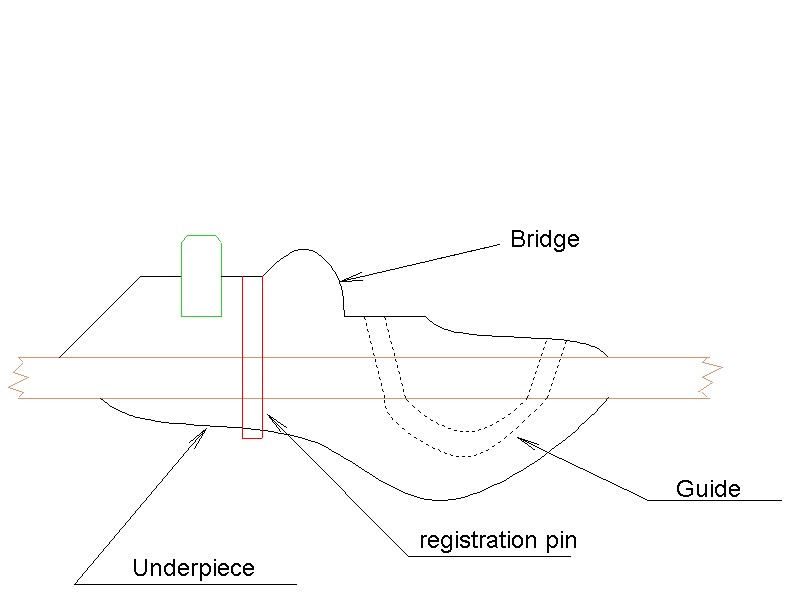Don’t laugh too much just because I’m not a builder yet and operate from a limited set of skills and knowledge. I did have a thought about bridges and the rotational pull from the string tension. Could one use actually bridge support theories on guitar bridges?
Could this work like a suspension bridge and give upward pressure to the sound board to counteract some of the rotational pull from the steel strings? Could it help in any way to transmit string energy to the top plate?
This thought was based on an observation of a structure that an engineer built where the structural components were upside down. What he built works but looks strange.
Philip


